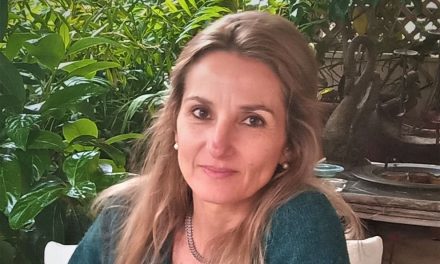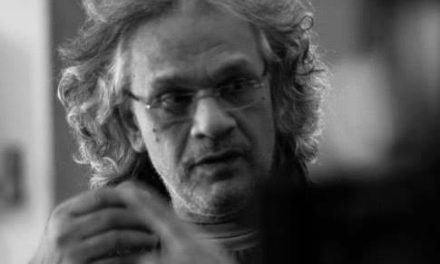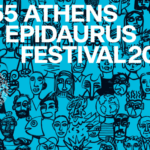Award-winning director, producer, and animator Konstantinos P. Kakarountas is the founder of Dahouse Studio, a company specializing in moving image with a focus on new technologies. He is also the president of ASIFA Hellas and speaks enthusiastically about the future of Hellenic animation production, the challenges it faces, and the opportunities that have now emerged for professionals in the industry.
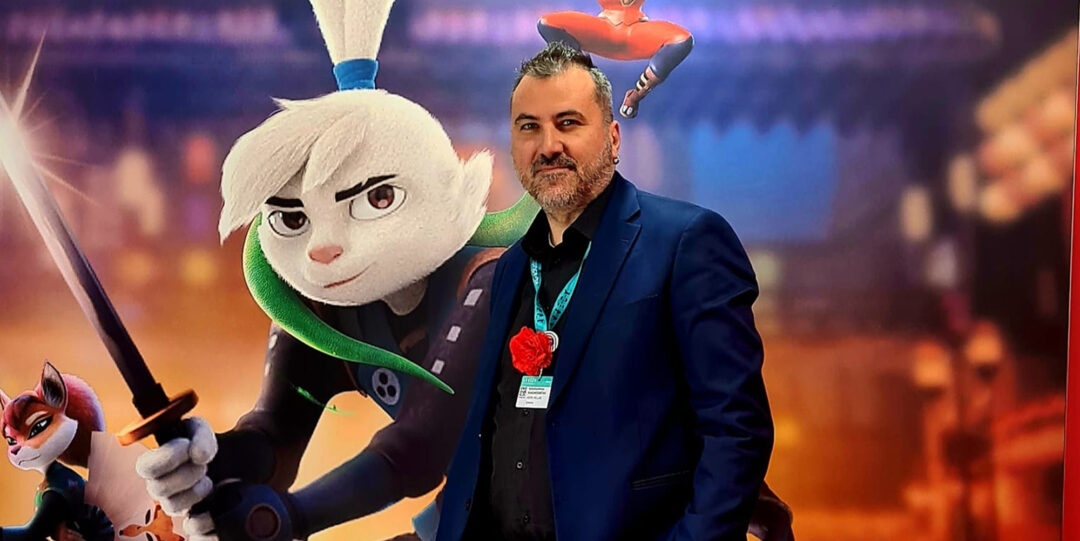
He studied film and animation in France at the Fine Arts Schools of Angoulême and Poitiers, respectively, holding a postgraduate degree in this field. He has collaborated with numerous production companies both in Greece and abroad. In addition, he has worked as a VFX Supervisor on a wide range of film projects and has created numerous commercials for well-known brands.
He has directed short films that have been awarded at many international festivals. He is currently producing new documentary and animated short films. He is a creative thinker who loves combining art with technology. He is a member of the European Film Academy, the Greek Directors Guild, and PACT – the Media Producers Association of Greece.
You are the president of ASIFA Hellas, the Hellenic Animation Association, which aims to represent professional and artists in the disciplines of animation, motion graphics and visual effects. Tell as a few things about the scope of ASIFA Hellas.
ASIFA Hellas is the Greek branch of ASIFA (the International Animated Film Association), which was founded in 1960. The Hellenic Animation Association was essentially established in 2015 but began to become significantly more active from 2023 onward.
Our goal is extroversion and the promotion of collaborations and co-productions, to improve the Greek animation sector. We worked hard and tried to persuade the relevant institutions, and this extroversion was initially achieved through Greece’s presence with a national booth at the Annecy International Animation Film Festival, specifically at MIFA, the festival’s market. There, we showcase Greek animation projects that are at various stages of production.
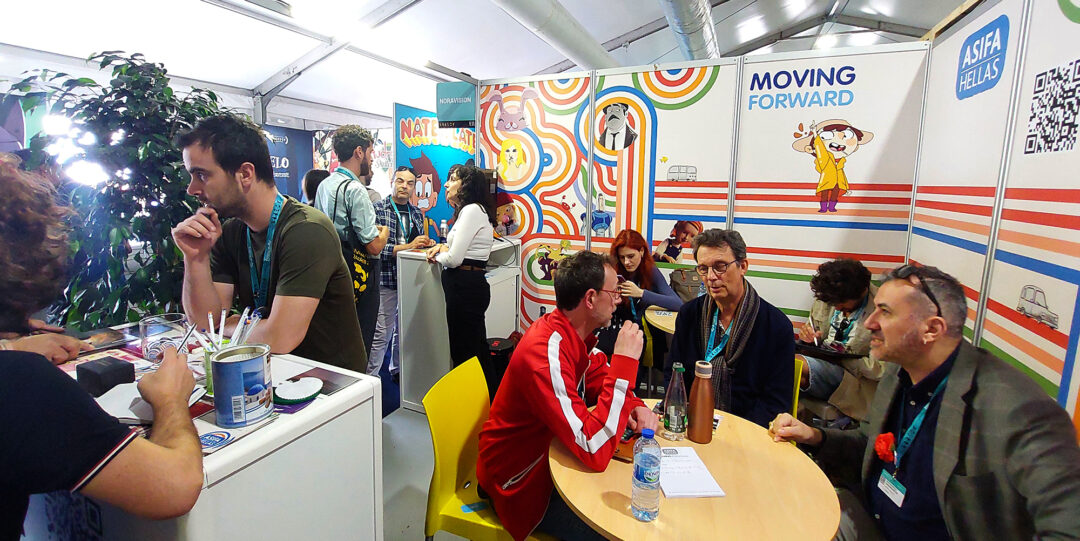
We are independent producers and creators, but I believe that Greek animation has shown significant progress over the past decade. Most creators produce short films, but gradually they are beginning to develop feature-length films and animated series. There are series and films from our members that have been screened abroad, and we are proud, as ASIFA Hellas, to contribute to the strengthening of the international presence of Greek animation.
This is why we organize the “STRATOS” Hellenic Animation Awards every year, dedicated to the great Greek director and animator Stratos Stasinos. It is our pleasure to witness the ever-increasing participation of young creators submitting their films to our annual awards. Noteworthy is the abundance of works, as well as the quality of student films that have been submitted to our awards in recent years. This gives us even more motivation to do things for our community.
Another important initiative of ours is the celebration of International Animation Day. Although this day is celebrated on October 28th, due to our national holiday, our event takes place 2–3 days later. Last year, we collaborated with the University of West Attica and jointly organized a conference that brought students together with professionals from the animation production field in advertising, television, and cinema. We shared experiences with young professionals and screened short films from around the world.
This year, as we celebrate 80 years of Greek animation (1945–2025), we have prepared a retrospective tribute to the evolution of Greek animation from 1945 to the present. This will also be screened during our networking event at the Annecy Festival Market, and of course, we are organizing more events throughout the year that will be announced soon.
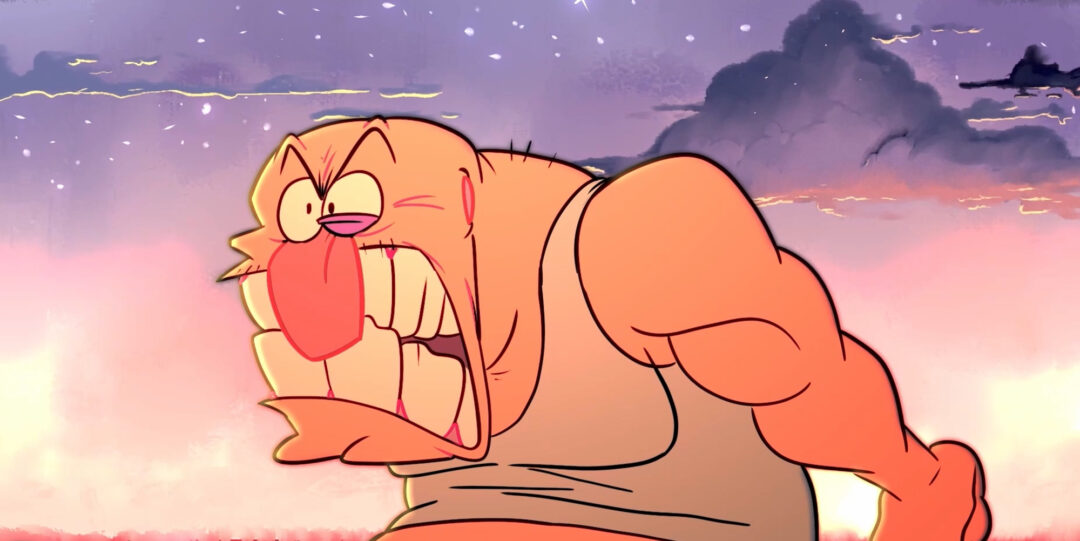
What is that personally drew you to animation? Which continues to be your driving force?
I believe that from a young age I was drawn to moving images. It was sometime in the late ’80s to early ’90s when magazines like Animation Magazine, Comics Scene, Fangoria, Cinefex, and American Cinematographer fell into my hands. That’s how it all started, as I already had an inclination toward the fine arts.
Cinema, comics, animation, and visual effects were always at the centre of my interests and shaped my teenage years. Greece at the time certainly didn’t produce such types of work, but there were many noteworthy creators. Inevitably, I would see commercials on television that, from time to time, featured small but well-crafted productions by significant artists in the field.
Later, I studied the art of cinema and animation in France. When I returned to Greece in the early 2000s, I began working in television and film productions.

My motivation, clearly, is the pursuit of artistic exploration. Seeking out the story, the image, and the movement creates a kind of alertness within you. I work constantly and tirelessly, trying to speak to the viewer and find redemption as an artist. The search never stops, as I must always observe and evolve—whether that involves art or technology. That’s the world of animation.
How things currently stand as far as Greek animation is concerned? How does it relate to contemporary global trends?
We are on an upward trajectory. Greece is beginning to make its presence felt, and this is gradually becoming evident. Our goal is to establish co-productions with other countries. There are many creators working in 2D and 3D animation, but we also have talented artists in stop motion. In Greece, creators produce, or co-produce works supported by the Hellenic Film and Audiovisual Center S.A. – Creative Greece or the Hellenic Broadcasting Corporation – ERT. There are also cases where several producers create content for COSMOTE TV or for international clients.
Our aim is to export high-quality Greek animation and to promote Greek productions that will stand out. We, as producers, can create new job opportunities for young people who want to engage with the art of animation or visual effects and shape a new wave of animation productions being developed in Greece.
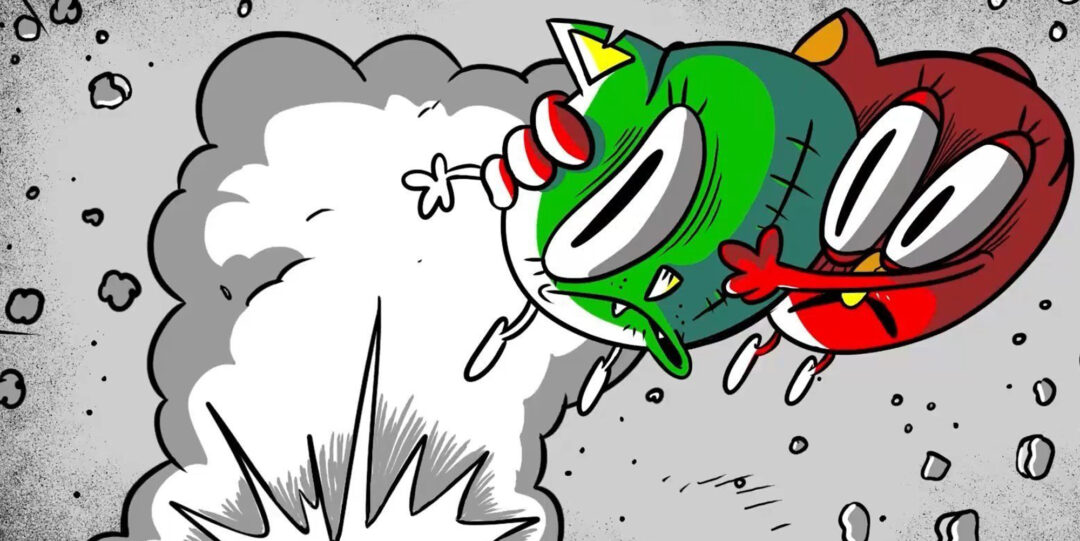
There are many trends emerging in the global market—from preschool, children, and adult animation to family animation. All artistic techniques are certainly present. We are not lacking in any area, as many large productions involve Greeks working either abroad or within the country.
“Greek culture is rich and multidimensional, and this is reflected in the creation of animation films”. Could you elaborate on that?
We have something very important to export — the legacy we have inherited from our ancestors — which gives us many opportunities to create new stories. I believe it is our duty to produce films or series based on themes from our ancient history.
There is a strong thirst abroad for stories from Ancient Greece, which is evident when we consider that France has produced two projects in the past two years inspired by our rich mythology. Creating a strong brand name in animation, just like our country already has through its rich culture, is entirely possible. I am aware of productions currently in development that showcase our culture. All that remains is for us to see them come to life soon.
Which are the main challenges that Greek animation faces nowadays?
The market and extroversion are the problems, as well as the financial tools we lack to further support our productions. Ireland has targeted financial tools specifically for animation — we, on the other hand, do not. However, that doesn’t mean we can’t create similar ones. We just need to show the markets that we have the capabilities, and then appropriate financial tools will be developed with the goal of growing Greek animation.
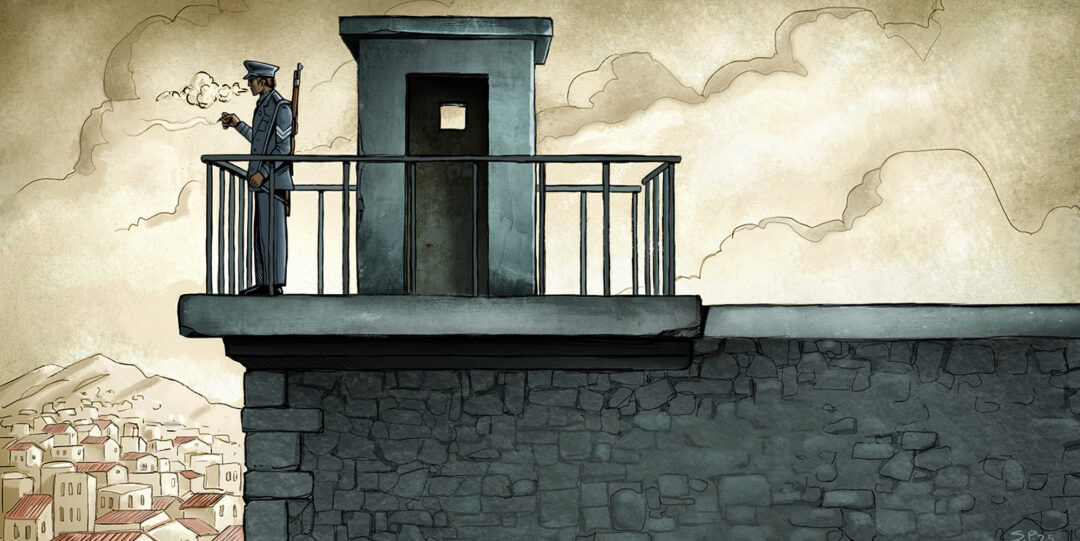
We are trying to connect with major international festivals and foreign professionals to build a network. What matters to me is that the cultural sector realizes that animation is a very powerful asset in the Greek industry and in Greek entertainment. A strong momentum has already begun.
The Hellenic Film and Audiovisual Center S.A. – Creative Greece is always by our side and listens to our needs. We need to have the right financial tools and the appropriate budgets to attract suitable co-producers. I believe we can achieve this if we put it on the agenda.
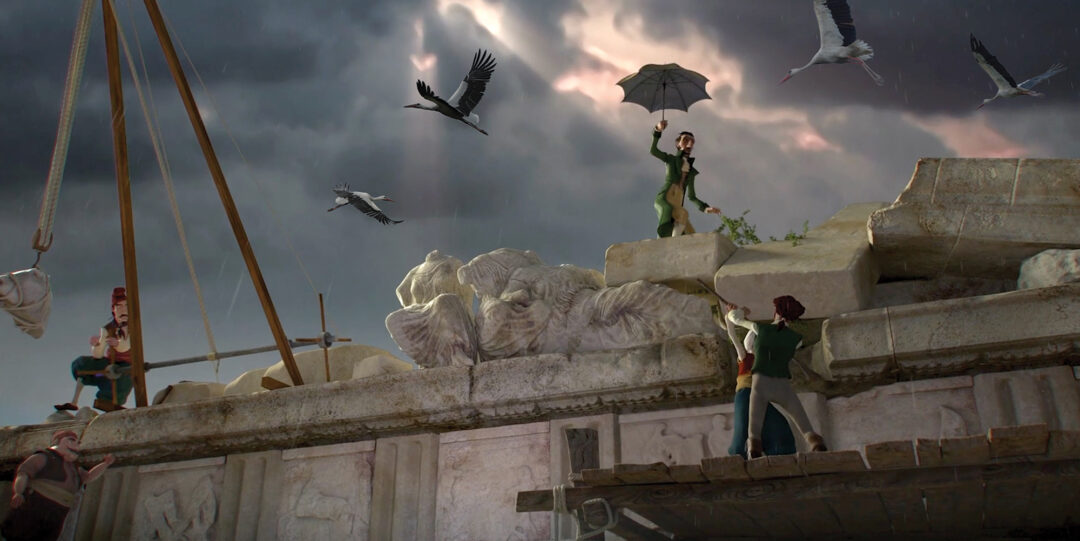
Which do you consider are the prospects ahead?
Many prospects are based on evolution. However, animation is above all about teamwork. I want creators to come closer to us and learn how to present their projects, because that is also very important. It will help them understand how the market works internationally.
Right now, we are living through a period of geopolitical turmoil, but what I tell young people is not to be afraid. I am an optimistic person. The future doesn’t just await us — we shape it. And if we want to shape it, we must work and move methodically.
New technologies increasingly point to a growing demand for new content. Greece must not be absent from the countries that are making positive strides in new technologies.
We are at the threshold of a new way of life with the help of technology. As human beings, we fear change, but then we adapt. Technology, as a tool, can support animation creators — it has been doing so for the past 50 years. Thanks to the internet, the job market has expanded to include creators working on production on the other side of the world. This will create new connections, and with the help of technology, production timelines will shorten.
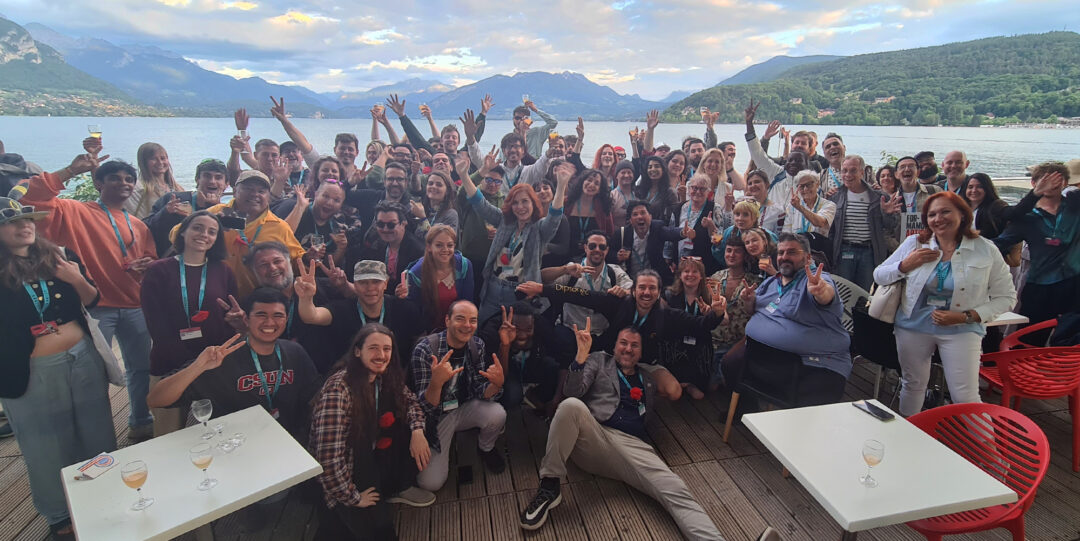
Greece must catch the pulse and make a meaningful contribution to animation production. The development of animation can boost a country’s economy in ways we can’t yet imagine. We only need to look at how Japan started producing animation in the 1960s and where Japan stands in 2025. What we need is methodical planning and strategy. The rest will follow in the future — if we have these two elements.
*Interview by Athina Rossoglou


